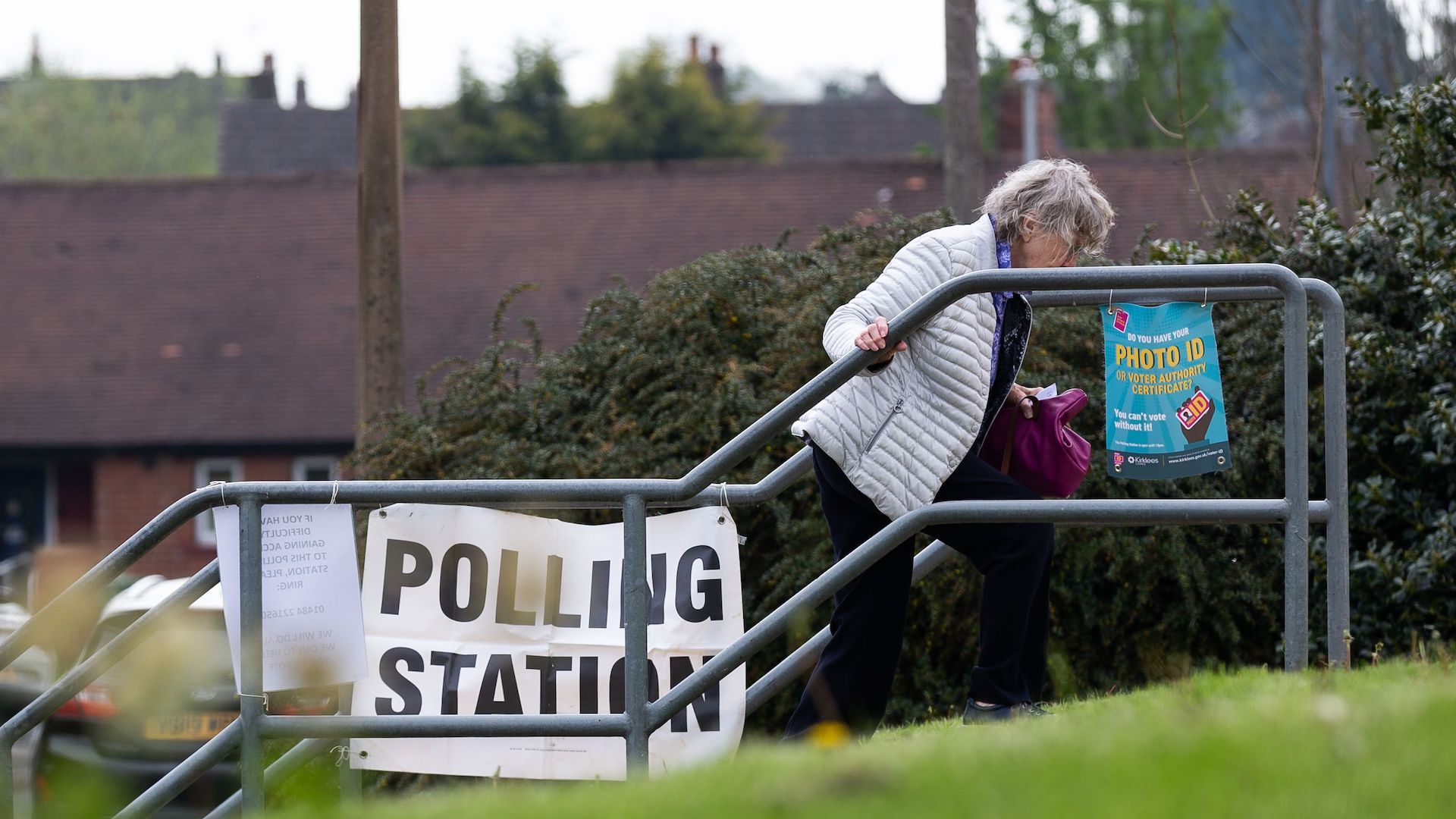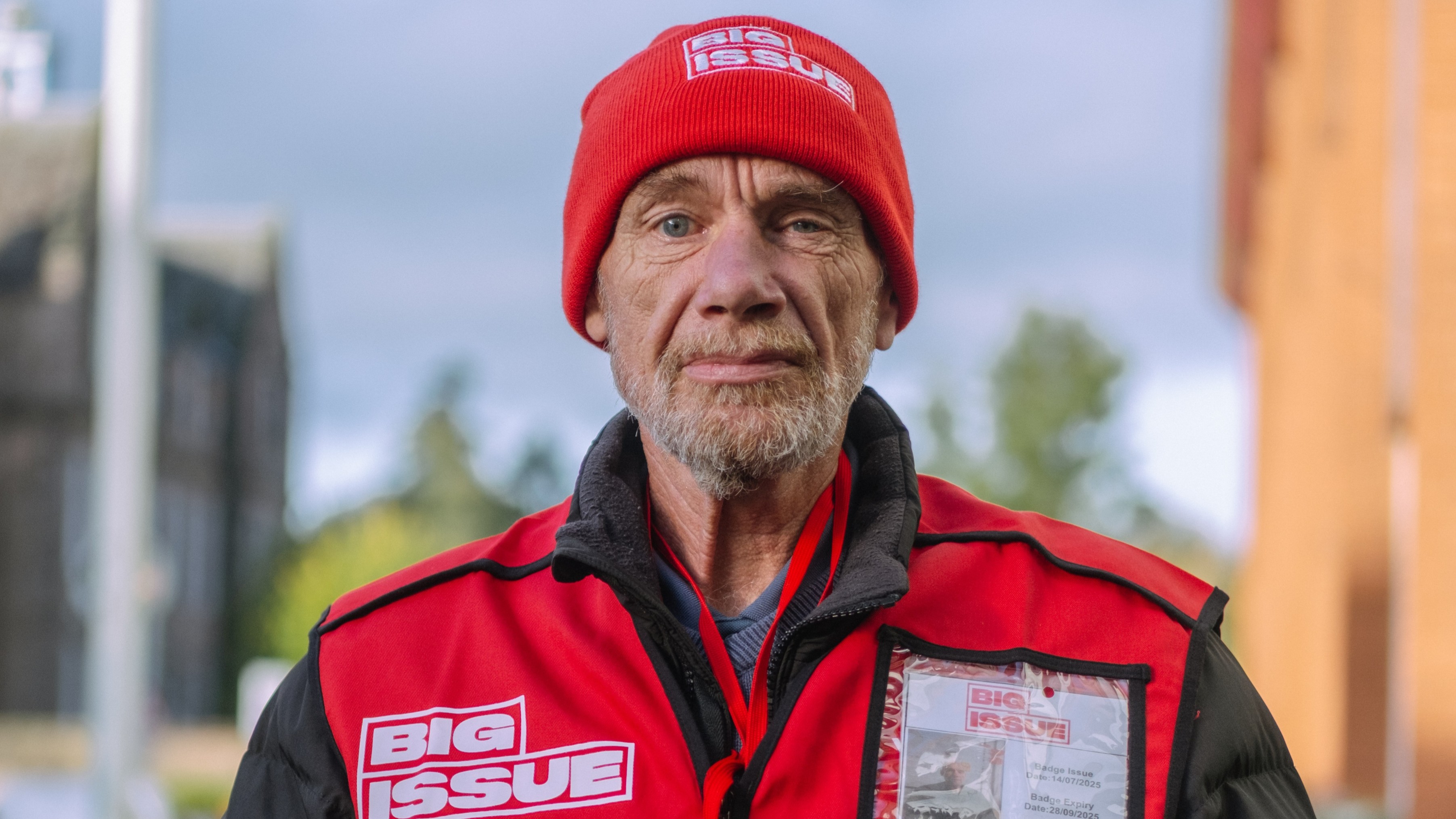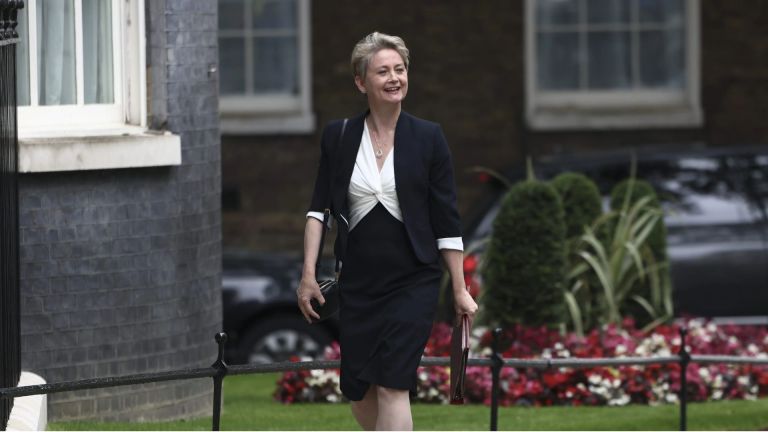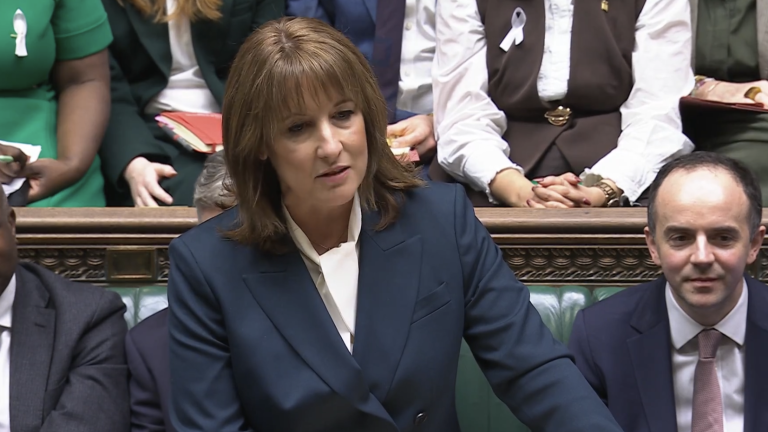If you are on the population register (Swedish Tax Agency Population Register) 30 days before polling day, you’ll be automatically sent a polling card.
This system means election registration – and turnout – is high.
In 2022, 7.775 million of the 8.149 million voting age population was registered – around 95 per cent, while turnout was 84.21 per cent.
Your support changes lives. Find out how you can help us help more people by signing up for a subscription
Australia: Compulsory registration and voting
Australia goes one step further than Sweden with its system of compulsory voting and compulsory registration.
It was also one of the first countries in which women were able to vote – since 1903, a quarter of a century before the UK. However, Aboriginal Australians were not able to vote until 1962.
Advertising helps fund Big Issue’s mission to end poverty
Compulsory voting has been around since 1924, after just 59.39 per cent of eligible voters went to the polls.
You must register within eight weeks of turning 18. On polling day, the fine for not voting is initially $20 (about £10), but goes up to $220 (about £117)if not paid.
If you don’t want to pay this, you must have a reasonable excuse. These are assessed on a case-by-case basis, but can include sickness, natural events, or physical obstruction – or even saving somebody’s life on the way to vote.
If the excuse doesn’t wash or you don’t pay the fine, you’ll end up in court.
The system does have its opponents. In 1998, eight Australians were jailed for refusing to vote, while critics say it is “disgusting” and “far from being democratic”.
However, if you don’t want to vote, you can still spoil your ballot by marking it in a way that means it’s not counted as a vote.
Advertising helps fund Big Issue’s mission to end poverty
Despite these measures, turnout has been in decline. For the first time for at least 80 years, turnout in 2022 fell below 90 per cent.
Get the latest news and insight into how the Big Issue magazine is made by signing up for the Inside Big Issue newsletter
The USA: Same-day registration and automatic voter registration
America’s history with voter registration, suppression, and turnout is notorious. But across the country, initiatives are in place to increase the number of people who vote.
In the UK, the deadline to register to vote is often weeks before an election. For example, anybody wishing to vote in the May 4 local elections needed to register by April 17.
But that’s not the only way to do it. The US has found that allowing voters to register and cast their ballots on the same day means more people vote. Not only that, but it also increases turnout among Black, Latinx, and young voters.
A number of states have also introduced automatic voter registration (AVR), which makes voting opt-out. If you interact with government agencies – most often the Department for Motor Vehicles – you’re automatically registered to vote unless you ask not to be.
Currently, 22 states plus Washington D.C. have AVR in place. It’s a fairly recent development, with Oregon the first to place it in law in 2015, and Hawaii and Delaware passing their own laws in 2021. When Vermont introduced AVR in 2017, registration rates increased by 62 per cent.
Advertising helps fund Big Issue’s mission to end poverty





